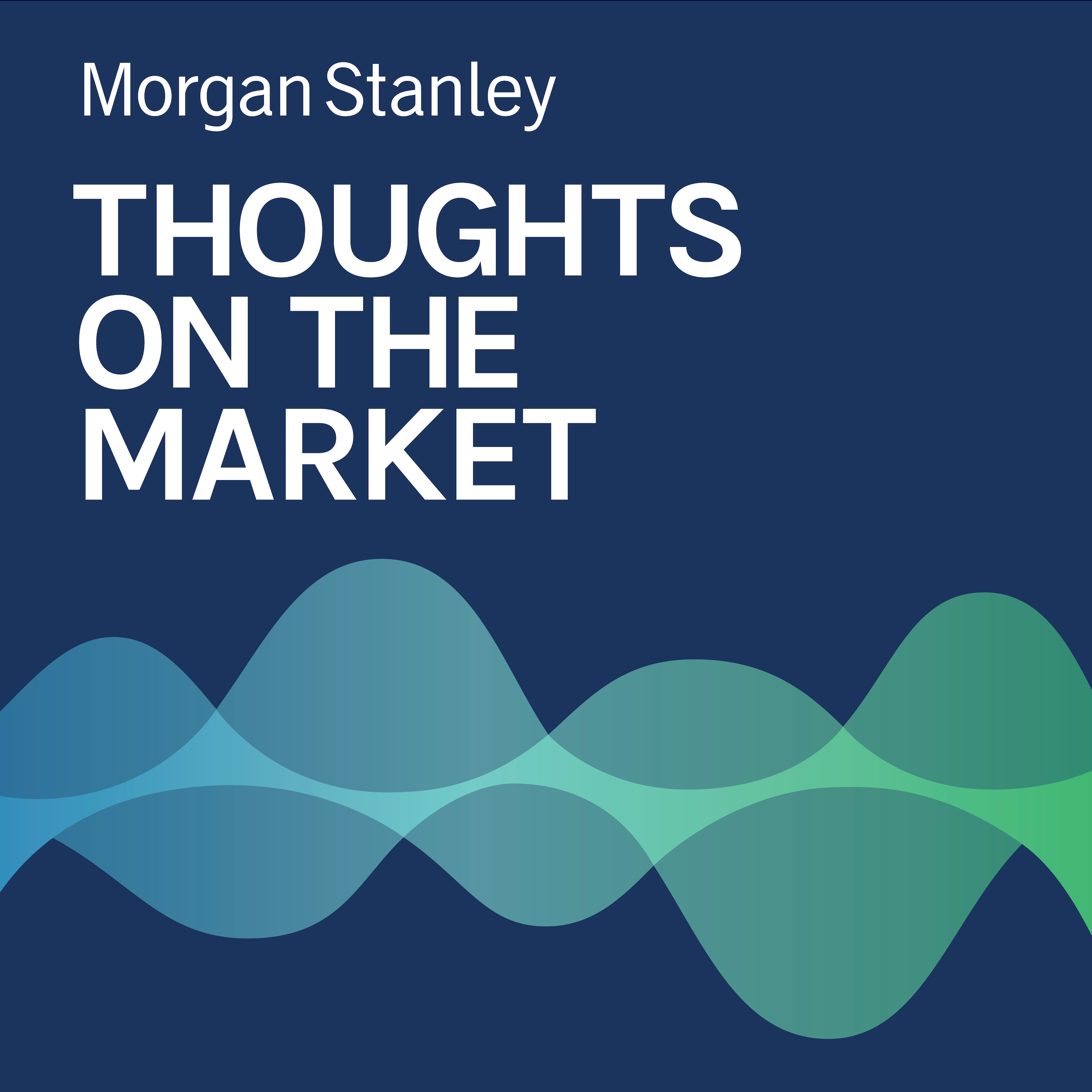Andrew Sheets: Markets Look to the Yield Curve

Investors are looking to the U.S. Treasury bond market as concerns rise around what the flattening, and potential inversion, of the yield curve might mean.
-----Transcript-----
Welcome to Thoughts on the Market. I'm Andrew Sheets, Chief Cross Asset Strategist for Morgan Stanley. Along with my colleagues bringing you a variety of perspectives, I'll be talking about trends across the global investment landscape and how we put those ideas together. It's Friday, April 1st at 2:00 p.m. in London.
The so-called flattening and inversion of the U.S. yield curve is a dominant story in financial markets. As rates have risen, short term interest rates have risen more, meaning investors receive about the same yield on a 2 year U.S. Treasury as its 10 year version. This is unusual, and raises big questions for both bond investors and the economic outlook overall.
Unsurprisingly, investors are usually paid more for investing in longer term bonds because these are generally more volatile. When that's not the case, it often means the market thinks the economy is going to be good in the near term, keeping short term central bank rates high, but possibly weaker in the longer term, which would imply lower future central bank rates and more supportive policy further out.
And that feels like a pretty decent encapsulation of the current market debate. The U.S. economy is very strong at the moment, with the US unemployment rate recently falling to just 3.6%. But that strength is driving inflation and leading the Federal Reserve to raise interest rates more aggressively, rate increases that investors fear could weaken growth further out in the future.
With implications like this it's no wonder that a lot of other asset classes, from credit markets, to equity markets, to commodities, really care about what the bond market is doing. And for these investors, we think there are a number of interesting implications.
Let me start by saying that similar yields on 2 year and 10 year government bonds is not, in itself, a sell signal. Indeed, the last five times these rates were the same, global stocks rose by an average of about 10% over the following year.
What we do see, however, is that a flat yield curve starts to support the outperformance of higher quality, more defensive assets. I try to explain this by the idea that investors do try to retain some growth in income exposure, given the strong current economic conditions, but try to move away from assets that could be much more vulnerable if growth deteriorates in the future.
Specifically, when the U.S. 2 year and 10 year yields become similar, investment grade bonds start to outperform high yield bonds. Developed market stocks start to outperform emerging market stocks. And defensive sectors like health care and utilities outperform the broader market over the ensuing 12 months.
Today, we think all of those strategies make sense. That's not because we necessarily think a recession is likely. Rather, we think it's a prudent reading of history in response to current bond market signals.
Thanks for listening. Subscribe to Thoughts on the Market on Apple Podcasts or wherever you listen and leave us a review. We'd love to hear from you.